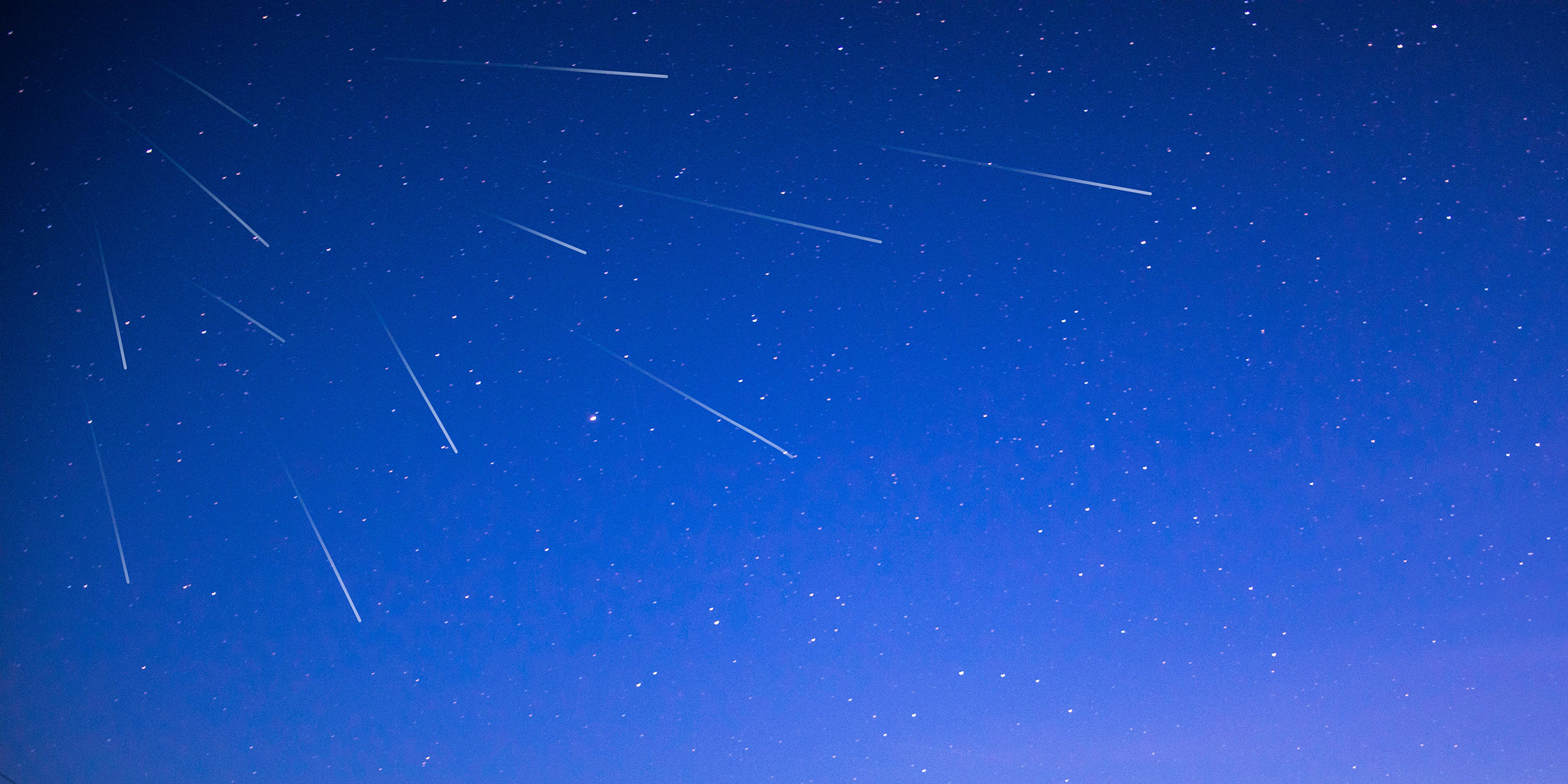Originally published 26 August 2007
Writing recently about the Perseid meteor shower of August reminded me of one of the most vigorous showers I have witnessed, the one I wrote about in the first chapter of Honey From Stone. It was 1980 or 1981, as I recall. One of the first summers in our cottage in Ireland. We had no car here then. I had walked to Dingle, five miles away, to see a movie, The Tin Drum. Those were the days when the flick in Dingle changed every night, and we watched from benches in a building that also served as a dance hall. The sun had set by the time the film ended. The long walk home along the high road took an hour and a half.
The sky rained meteors. A breathtaking display. The Tears of Saint Lawrence they are called in parts of Europe, since the shower peaks on the feast of the saint. Lawrence was an early Christian martyr. “Whom should I adore,” asked the saint accusingly, when the emperor demanded worship of the ancient gods, “the Creator or the creature?” From that question I took the theme of the book.
Lawrence, of course, chose the Creator, and went to his terrible martyrdom in happy anticipation of meeting his God face to face. The people who later metaphorically identified the Perseids as the saint’s tears also presumably chose the Creator. For them, the natural reality — the meteors — only found meaning when they could be associated with a supernatural reality — a reality beyond and above those streaks of light in the night sky.
The road I walked — a one-lane unpaved track, high on the side of the hill and hedged with fuchsia — was in those days called the Fairies’ Road. Few of the local people would have walked the road at night. Like the meteors, it was associated with a supernatural reality, a fairy people who lived beyond the precincts of ordinary reality. Likewise, the natural spring below the road was known as Saint Brendan’s Well. Indeed, virtually every notable aspect of the prescientific landscape was endowed with supernatural qualities of one sort or another.
There is nothing unusual with any of this. A dualistic way of thinking is typical of prescientific cultures everywhere on the globe. The world is divided into a seen reality and an unseen reality. Natural and supernatural. Body and soul. Matter and spirit. The seen world is ephemeral. The unseen world is everlasting. Nothing in the seen world can be understood without reference to the unseen world. Saint Lawrence, the fairies, and Saint Brendan touch this world with significance from the great beyond.
To the scientific way of thinking, all of this sounds superstitious. Science has made its spectacular advance by rejecting philosophical dualism. There is only one reality, and it is the sensate world of matter and energy. Understanding is not to be had by reference to saints, fairies, gods or miracles, but to patterns of order found in nature itself. It is curious that although almost everyone now accepts the spectacular benefits of scientific knowledge, most still reject the unitary philosophical principle upon which it is based. Metaphorically speaking, they are unitary naturalists six days a week, and supernatural dualists on Sunday.
But perhaps this is not so curious after all. If one thing is common to us all, naturalists and supernaturalists alike, it is that there is more to the world than meets the eye.
Science has extravagantly confirmed that there is indeed more to reality than meets the unaided senses. Beyond the Perseid “falling stars” has been discovered a universe of hundreds of billions of galaxies, of which our own planet, star, and galaxy are typical. Within the fuchsia blossoms in the hedgerows we have discerned the marvelous machinery of the DNA, ceaselessly spinning a world of living things. The water in the well is made of atoms forged in the hot interiors of stars. The more we discover of the world beyond what meets the eye, the more we become aware of an inexhaustible natural mystery of which our present knowledge is only an exhilarating glimpse.
But nowhere in this unseen world have we found those echoes of our selves with which our prescientific ancestors populated a parallel reality. No fairies under the hill. No saints sitting at the right hand of a personal deity. No miracles other than the one great natural miracle of the world itself.
Religious naturalists see no point in inventing a parallel reality — populated by anthropomorphic phantasms — when the natural reality in which we live is so inexhaustibly interesting. The Creator or the creature? Put it this way: The creation is the only reliable revelation. There is more to be celebrated in a single cell of the hedgerow fuchsia than in all the Heavens of our imagination.



